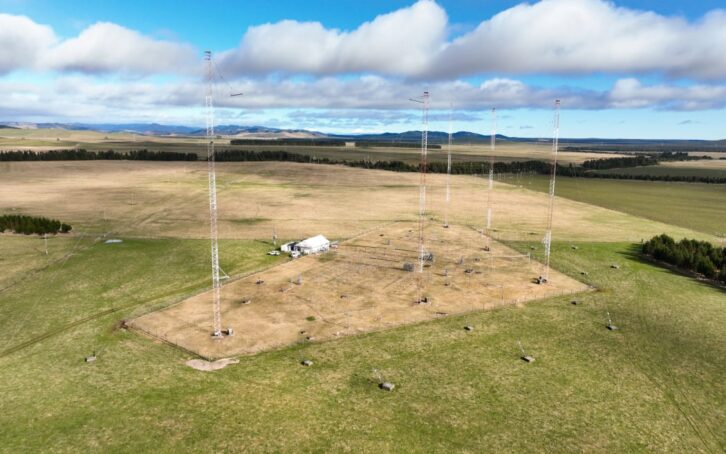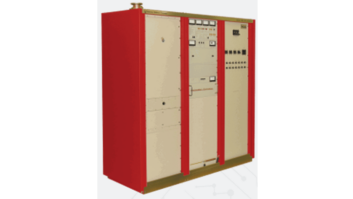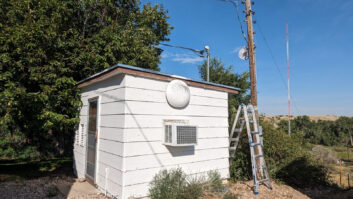
While some international broadcasters are switching off their shortwave transmitters, Radio New Zealand Pacific is investing in the medium.
On August 1, 2024, the broadcaster put online a brand-new 100 kW Ampegon TSW-2100 shortwave transmitter. The new transmitter replaces the 33-year-old RNZ Pacific “Transmitter 1” installed in 1989 at Rangitaiki, near Taupō in central North Island. Part of a NZ$4.4 million (US$2.4 million) project to improve RNZ Pacific’s capabilities, the new transmitter supports both DRM digital and analog operation.
The switch-on was observed by Foreign Affairs Minister Winston Peters and dignitaries from Kiribati, the Cook Islands, Samoa, Fiji, Papua New Guinea, and Solomon Islands from RNZ House in Wellington, while another RNZ delegation was at the Rangitaiki transmitter site.
“It [shortwave] was very important back then [when the then New Zealand Broadcasting Service launched in 1948], but it’s still seriously important now,” said Peters. “Shortwave is the most certain system there is to make sure that in a crisis, tsunami or cyclone, we can get through to them.”

RNZ Pacific noted that New Zealand and China are now the only two countries providing a shortwave service to the region, since Australia switched off its shortwave transmitters in 2017.
RNZ Chief Executive Paul Thompson pointed to the 2022 Hunga Tonga–Hunga Haʻapai eruption as a time when the power of shortwave was evident. The eruption took out internet connections in Tonga for five weeks, but RNZ Pacific’s broadcasts were unaffected.
Pacific Manager Moera Tuilaepa-Taylor said the new transmitter marks the next chapter of a proud legacy of sharing unique stories in the Pacific.
The ability of the new transmitter to transmit DRM digital signals is important to the broadcaster. DRM Chair Ruxandra Obreja noted that local broadcasters across the Pacific can take the RNZ Pacific digital streams and then rebroadcast them locally without a loss of audio quality. Twenty-two broadcast partners in nine Pacific island nations use the DRM signals this way.
According to Steve White, RNZ transmission engineer specialist, installation of the new transmitter went smoothly and was accomplished on budget without disrupting RNZ Pacific services.
[Read Radio World’s latest ebook about trends in global digital radio.]







